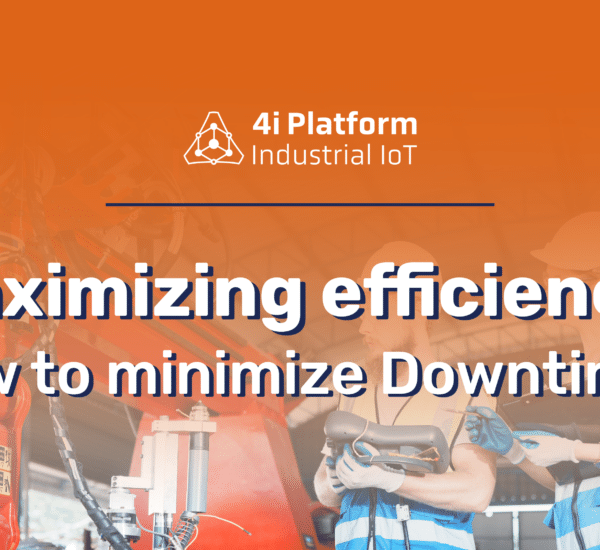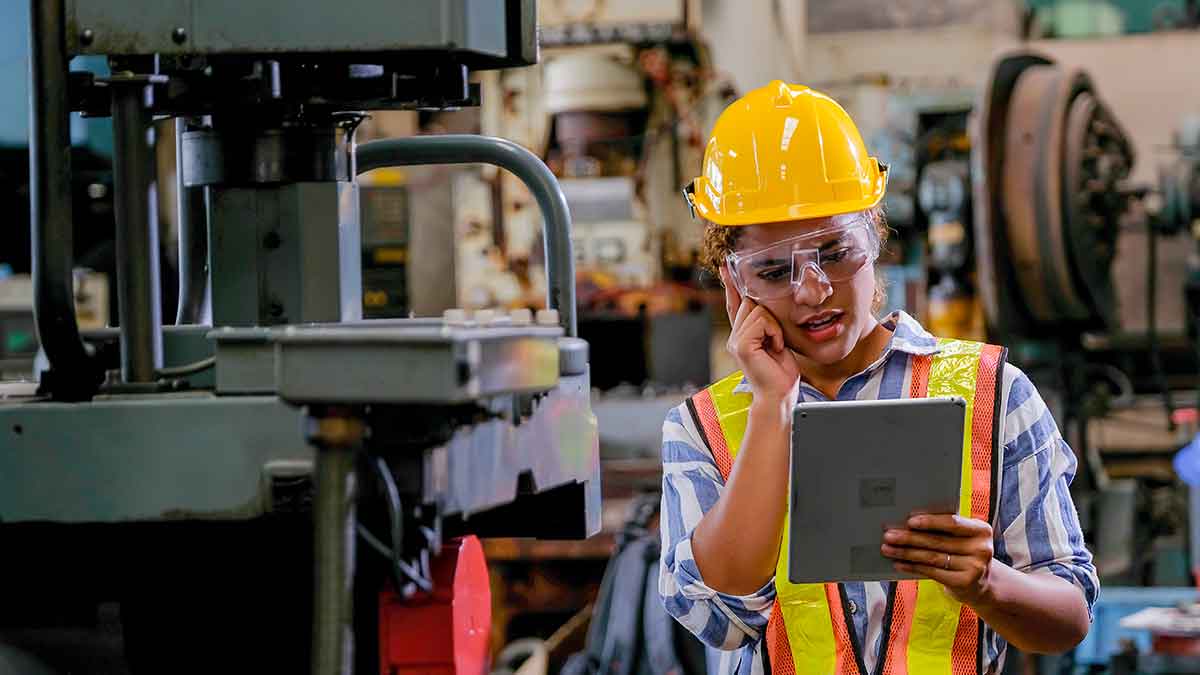The manufacturing industry is undergoing a drastic shift centered around new technologies that offer the promise of greater efficiency, speed and higher quality. A main part of this shift toward Industry 4.0 is the internet of things (IoT), which serves as the frontline of data capture in the modern factory.
What’s even more, this datacentric focus extends well beyond the shop floor; the complete supply chain is coming under the watchful eye of IoT-enabled devices.
What is the Internet of Things?
IoT broadly refers to a network of devices and sensors capable of capturing and communicating data with one another. The sensors in the system enable the collection of granular data, for example, from assets like machinery — energy consumption, heat levels, uptime/downtime — or the tracking of goods in transit.
When it comes to supply and production, having internet-enabled manufacturing lines provides a direct line of information about the current supply and demand of any product.
Oftentimes, this data is made actionable by artificial intelligence. Machine learning algorithms comb through the collected data for anomalies to flag and returns notifications and recommendations to human decision-makers.
Organization-wide data can also be transmitted to any mixed reality apparatus employees may be using, whether on the factory floor or in the warehouses.
IoT From the Production Process
The data capture enabled by IoT primarily drives greater overall efficiency by helping to optimize each phase of the production process. Whether it’s everyday day-to-day operations, the health of machinery, or reducing energy consumption, information collected by IoT devices supports better decision-making and quick alerts when something is going wrong.
There are specific limitations on the production capability of every manufacturing unit, but industries are continuously looking for growth and efficiency, which can be achieved by the implementation of the Internet of Things at the manufacturing facility.
IoT helps in collecting all the relevant data from the core of the machines, which further can be analyzed to find any gray areas in the system or any range of improvement.”
A huge benefit of the bird’s-eye view offered by IoT is preventative or predictive maintenance. For example, when a machine utilizes excessive energy, overheats or begins severely vibrating, management can view this data and perform maintenance before a critical failure occurs.
Internet of Things implementation also promises smart energy management. This sort of system can identify waste and opportunities for improvement, lowering energy costs and boosting efficiency in the manufacturing process.
IoT can be integrated within the actual manufacturing equipment to create more efficient processes, and it will give an opportunity for downloading updates to upgrade machinery on demand.
IoT-Powered Supply Chains
IoT doesn’t end at the manufacturing plant. The network of data capture and analysis can span the whole supply chain, from resource procurement through product refinement and tracking to notifying end users when a product needs maintenance or replacement.
Samantha Radocchia, co-founder and CMO of Chronicled, envisions a unified system where these oft-disparate parts of the process come together leveraging IoT and blockchain. One job Chronicled is working on with Responsible Gold aims to track gold production”from the mine into the vault.
You can envision a world with more automated supply chain processes, using many sensors working together to trigger these events.
For the very first step, raw gold from the mine is placed in the container, which is sealed with a microchip. At that point, it is registered with a mobile device… and then at each point where it changes hand, every sensor is another signature.
Using blockchain enables more than just simple tracking. Automatic triggers include transfer of custody and even release of payments in escrow accounts once products reach their destination.
When that destination is the final customer, whether a business or an individual, IoT still has a role to play. For consumable goods, companies can alert their customers when maintenance or replacement is required, or even track for anomalies or problems.
In the era of industrial IoT, exchange of information between supply chain and production is in real time.
For example… integration [of asset tracking] using IoT technology will aid in gathering a deeper level of information and probably alert the operator of areas of concern.
Integrating the Internet of Things with supply chain also helps in accurately determining the exact location and state of the product, which assists in precise manufacturing planning. . However, integration is only implemented in small bits and pieces at this point, since it involves a great deal of infrastructure changes and price.
Challenges and Barriers of the Internet of Things
The cost of true, full scale IoT implementation is a major barrier to mass adoption. While companies are already starting to implement IoT systems, many are incomplete and will take some time to grow to the level of a truly comprehensive system.
As is often the case with emerging technologies, the cost of sensors is falling over time, making the Internet of Things a more accessible technology. Another major barrier are “data silos.”
In summary, this means a lack of interoperability, either due to technical challenges or an unwillingness on the part of companies to work together. Ultimately combining IoT with blockchain can change this, without the need for companies to expose their proprietary information to one another. The challenge is most of that data is siloed.





